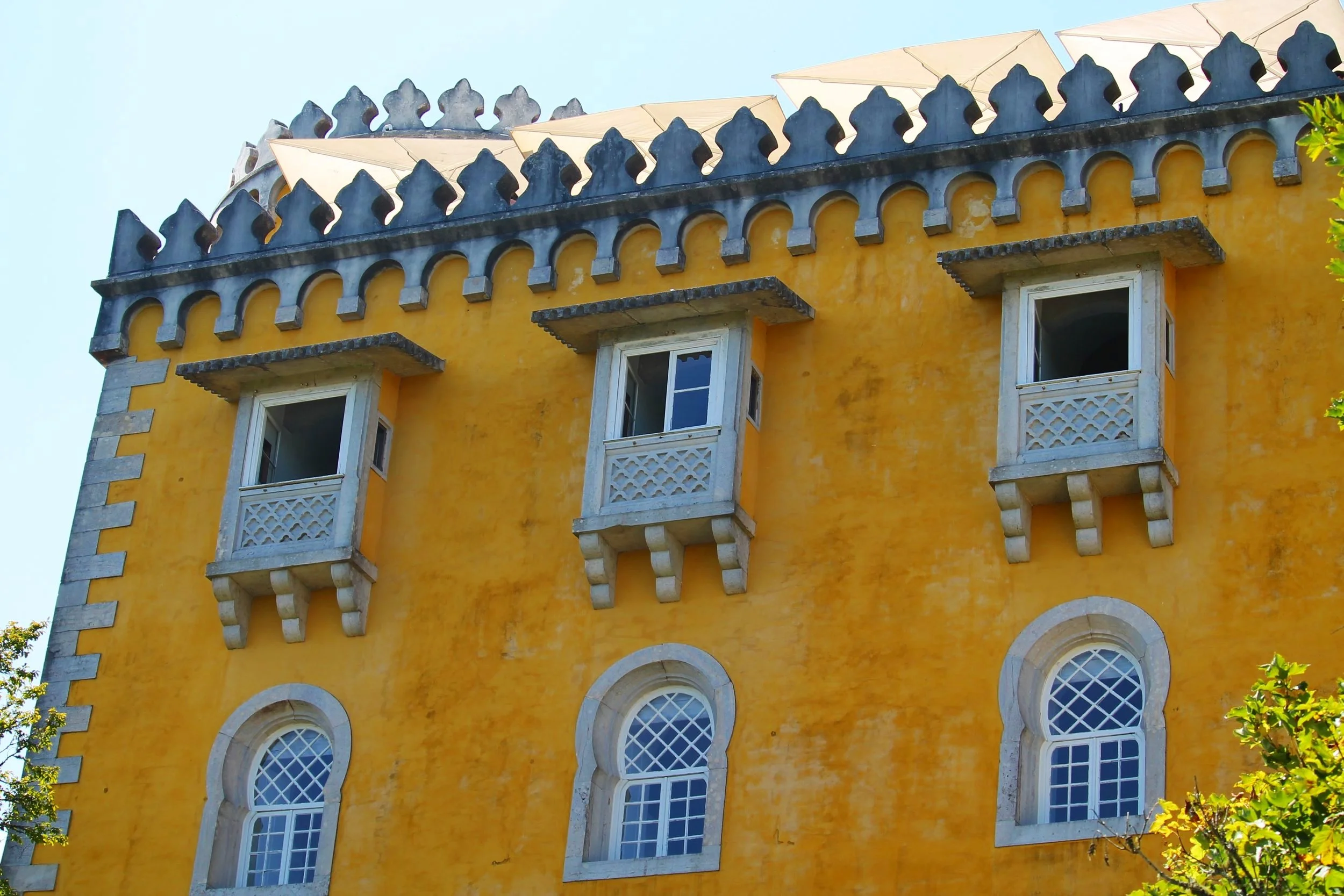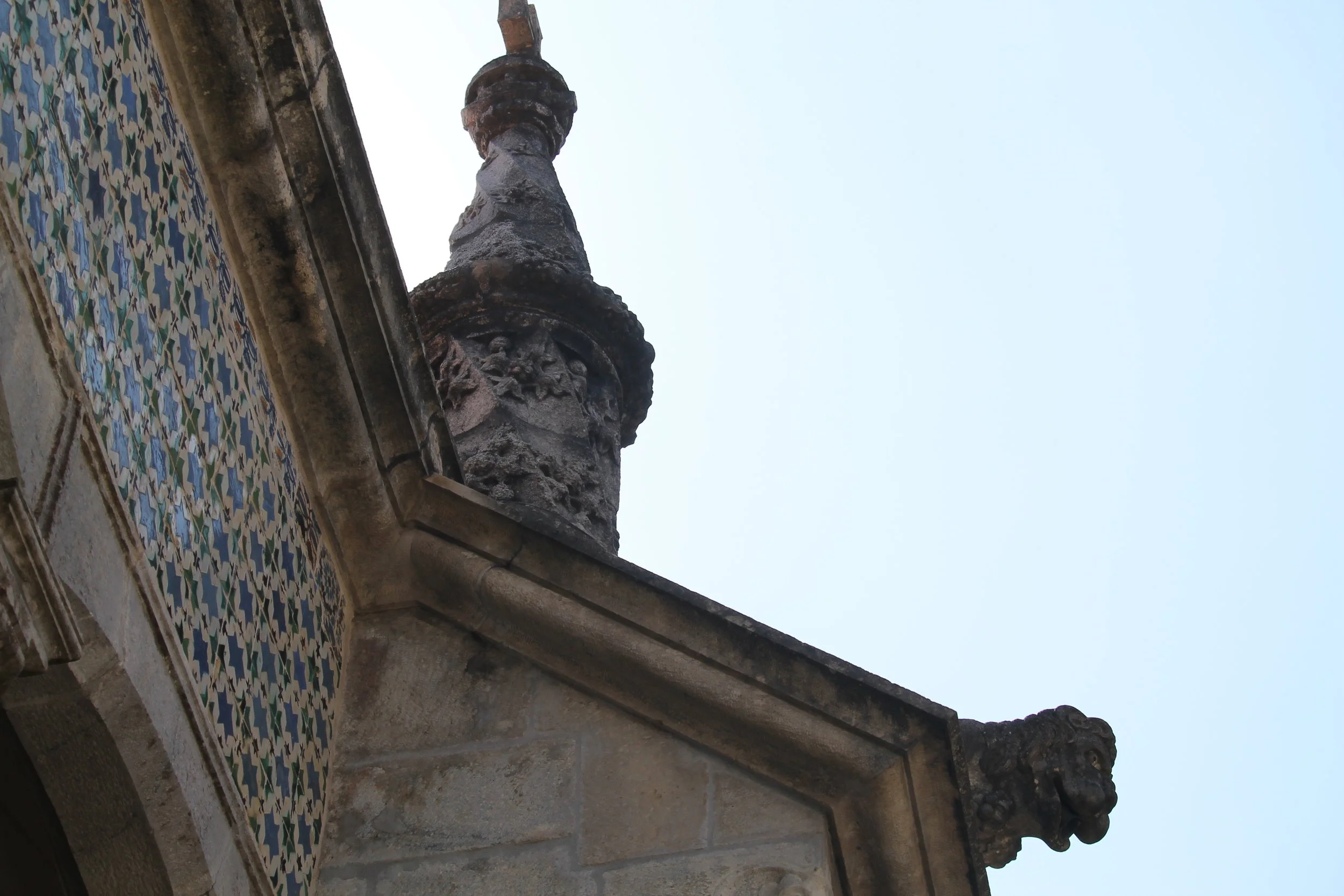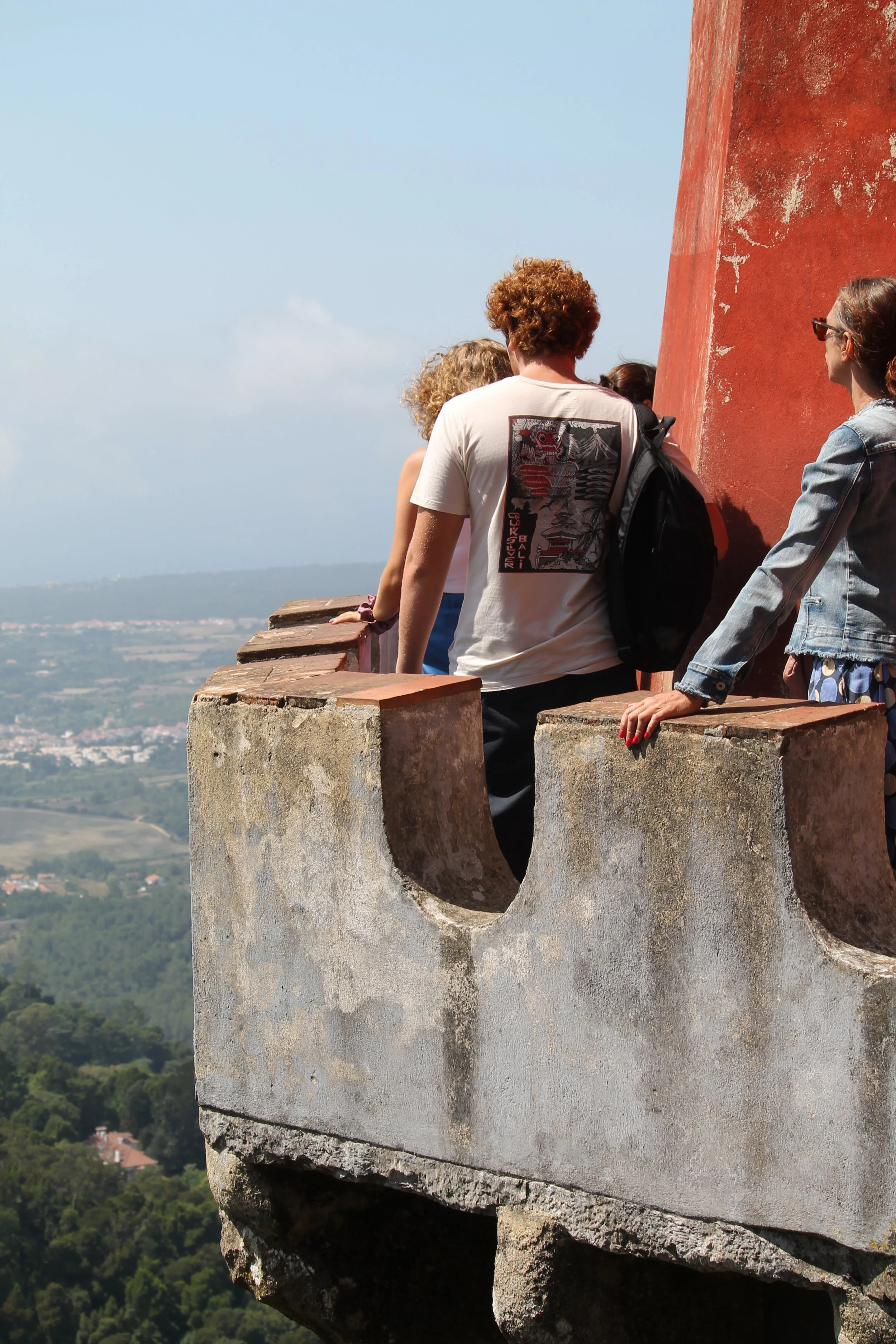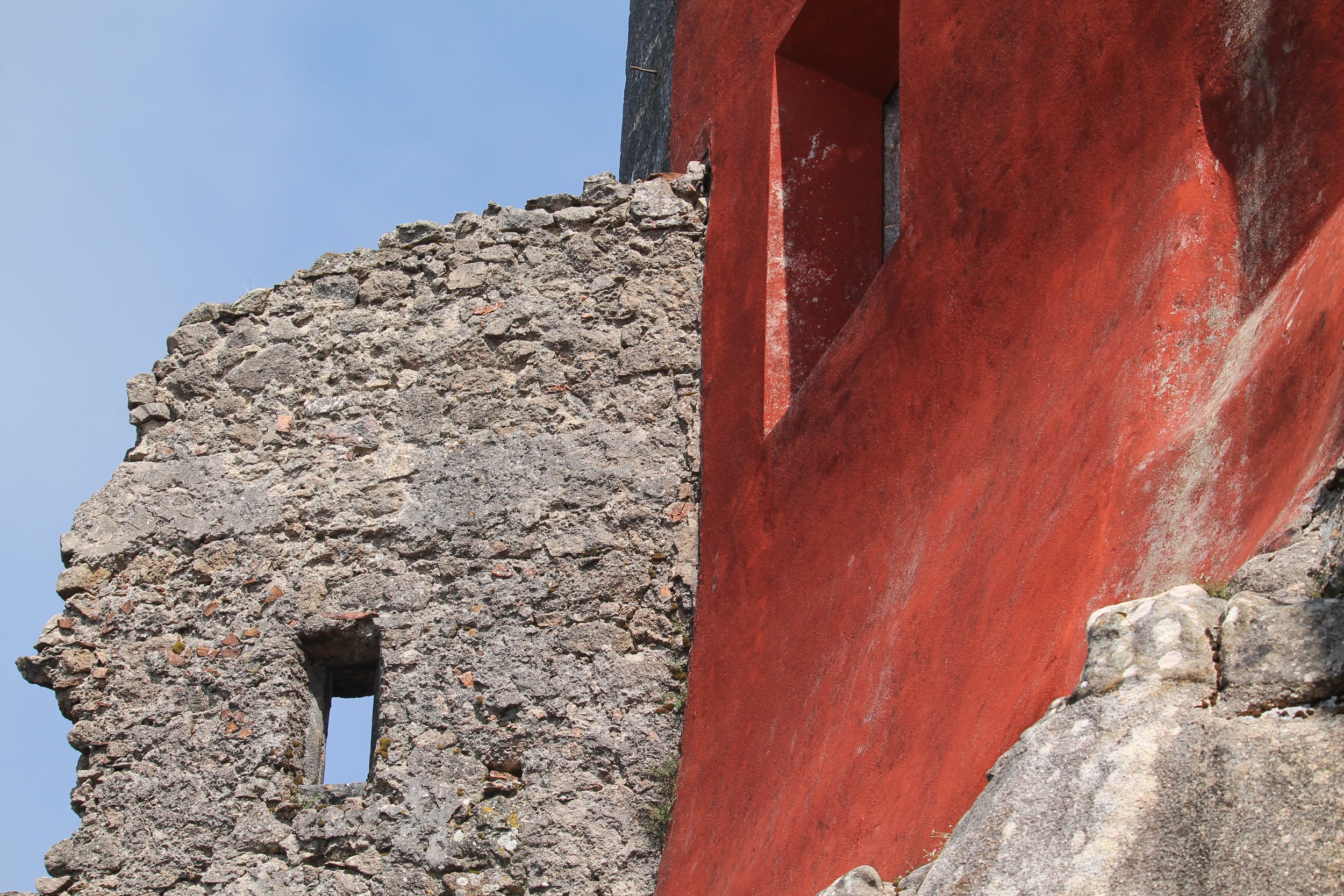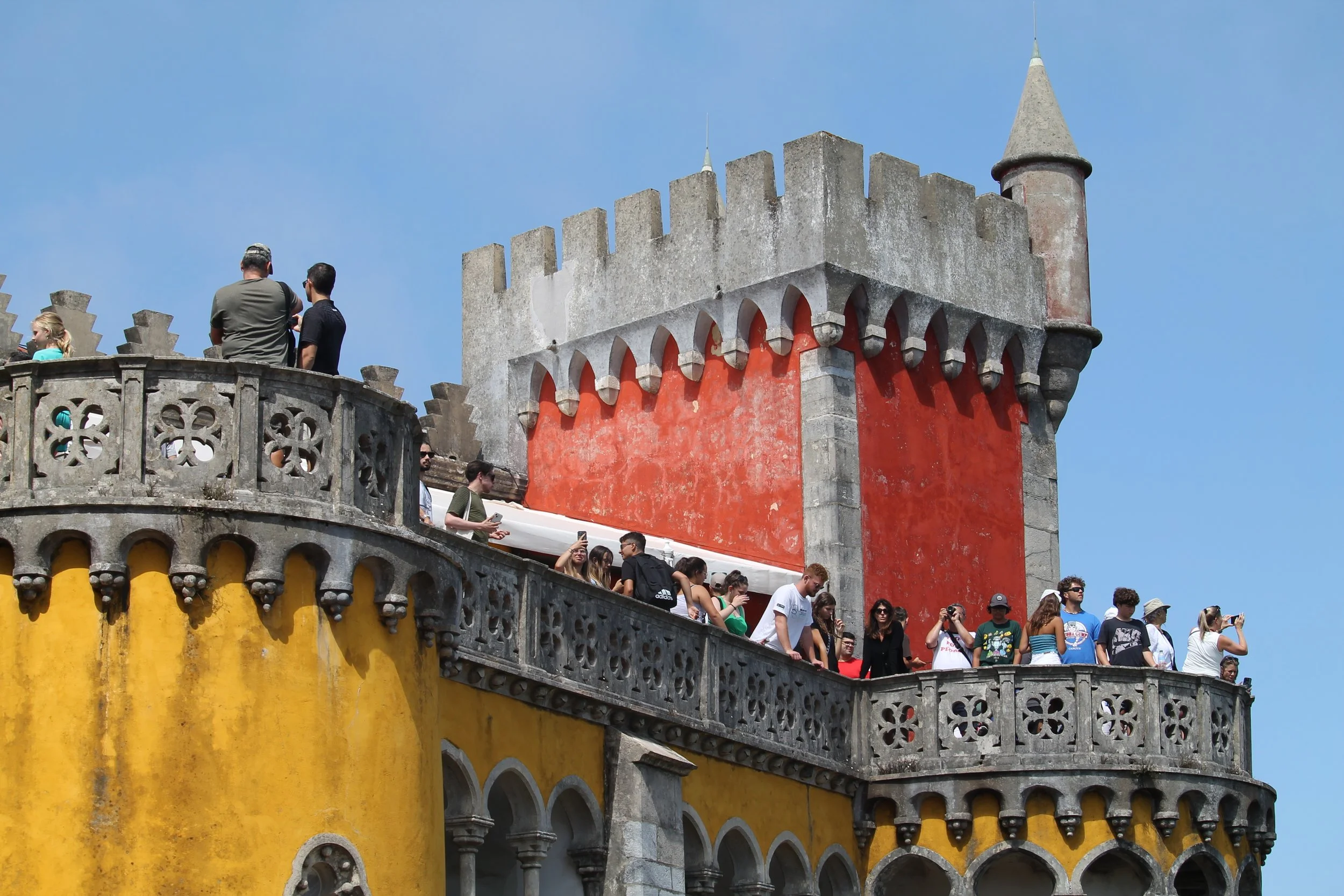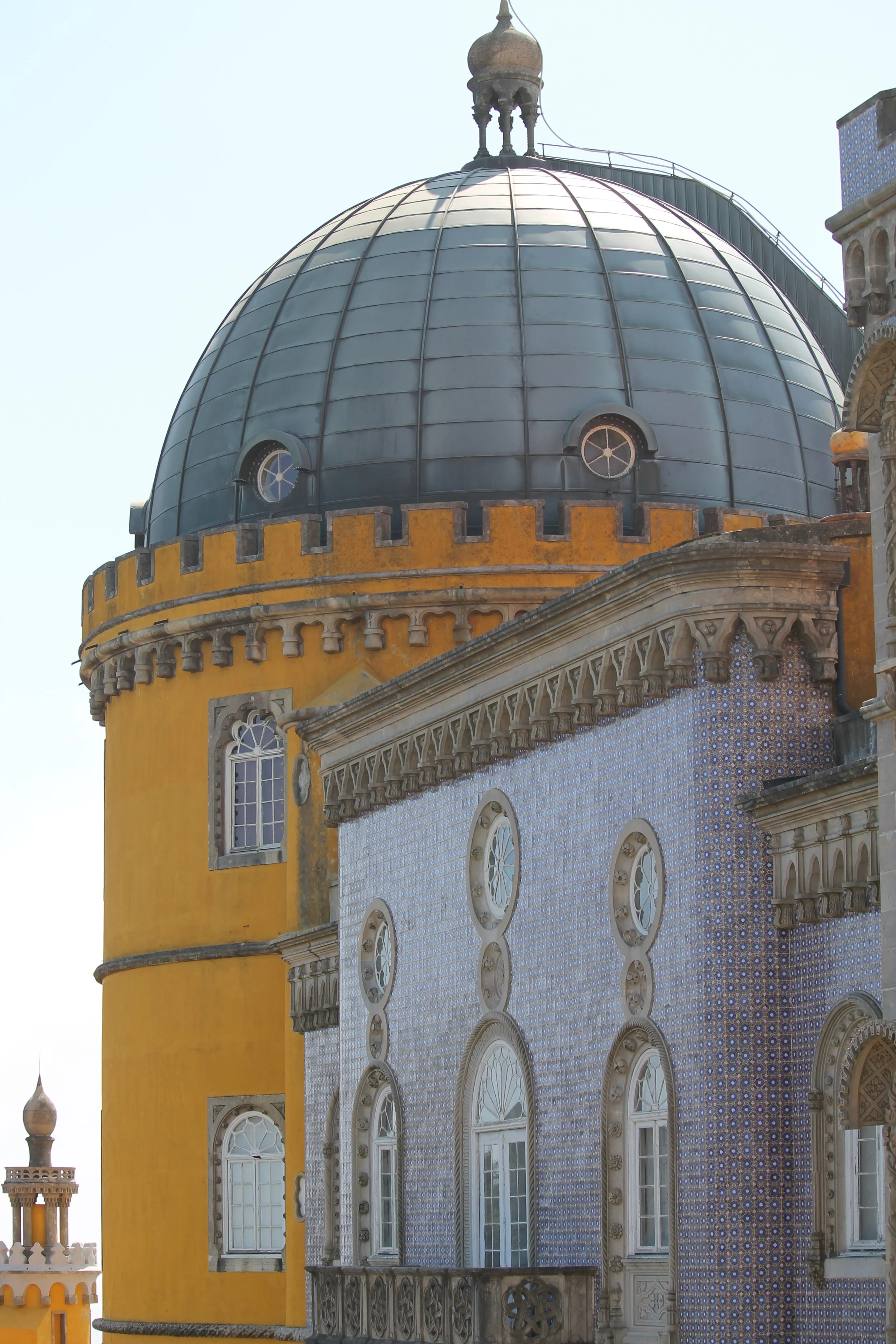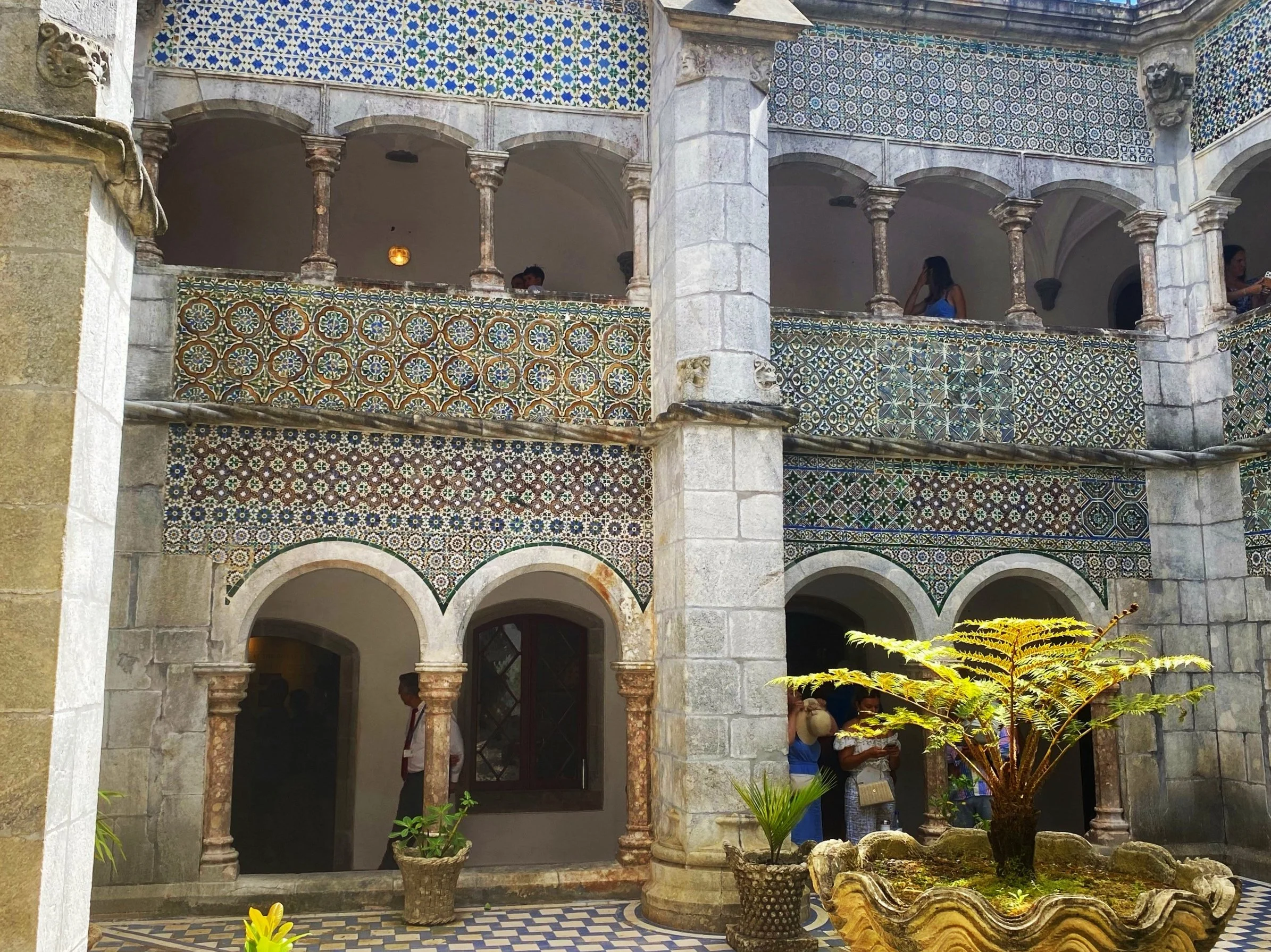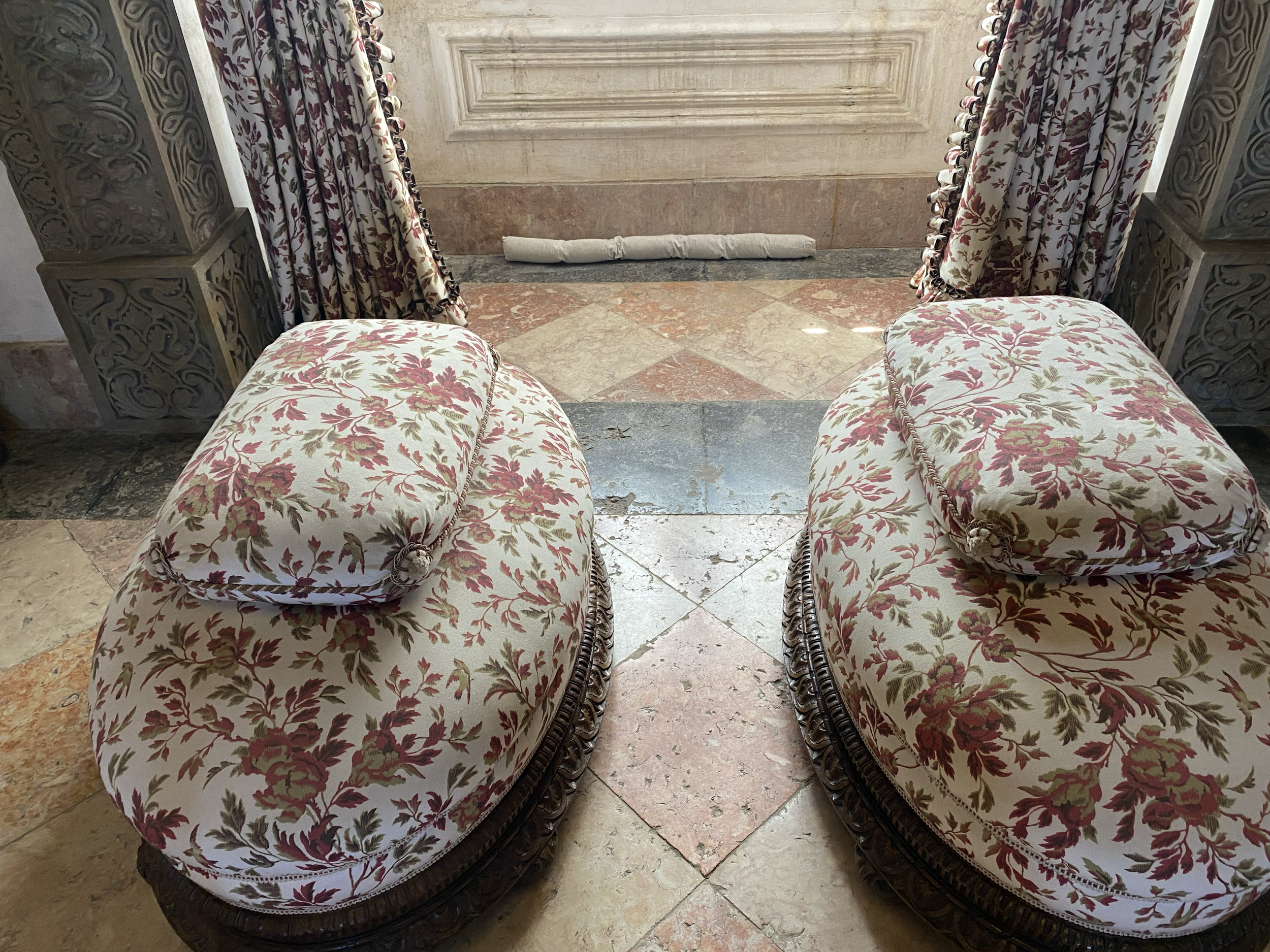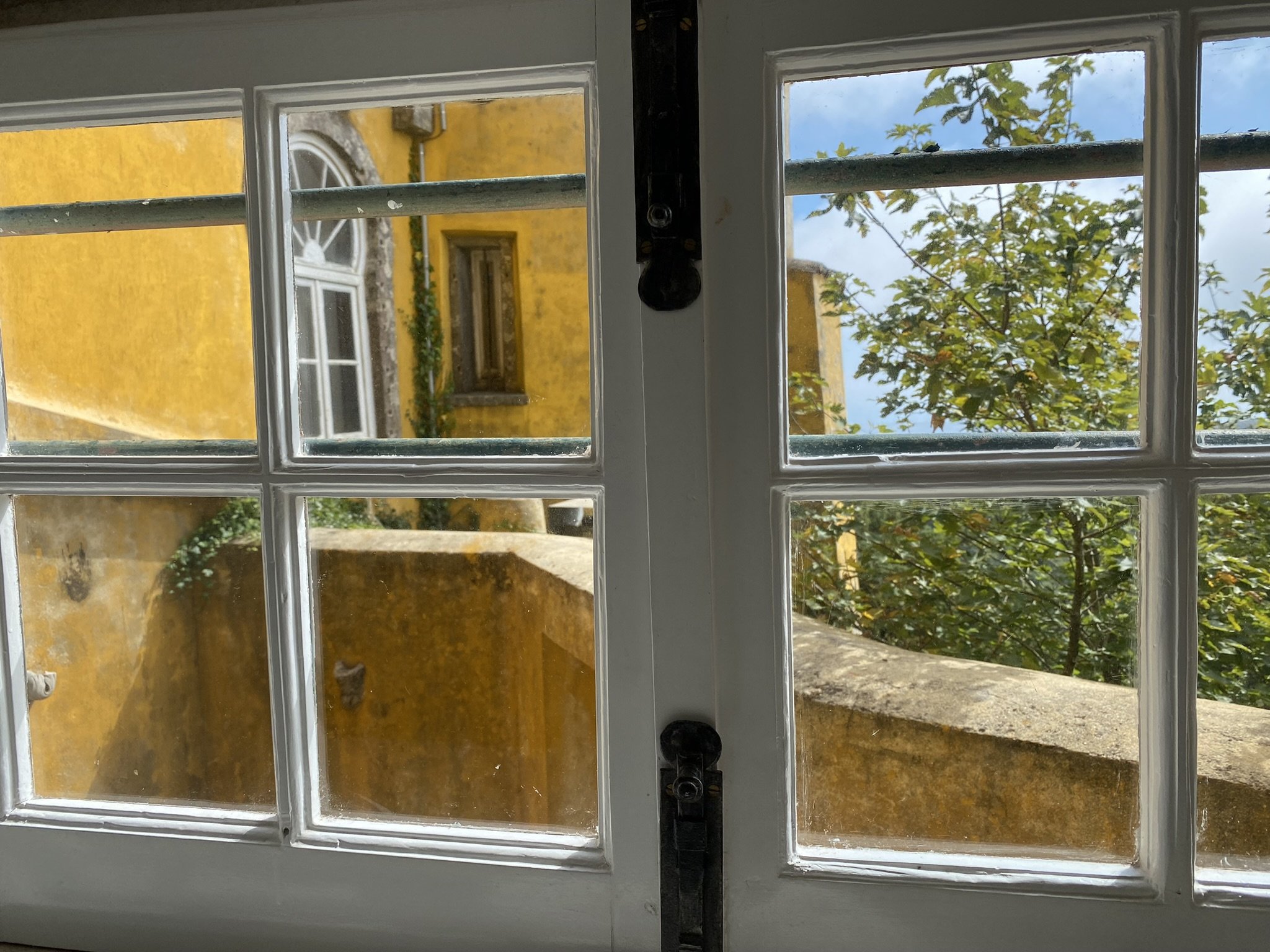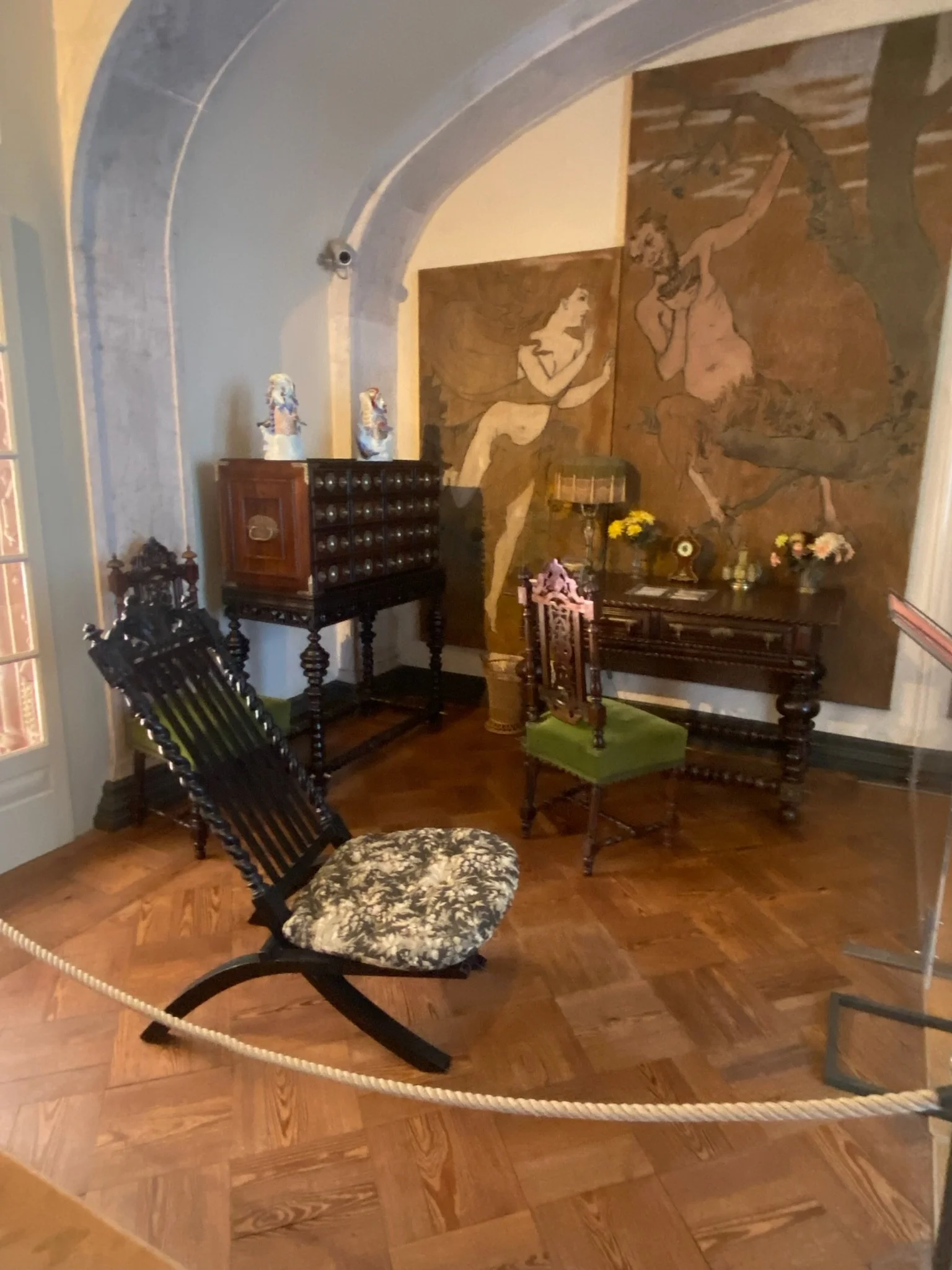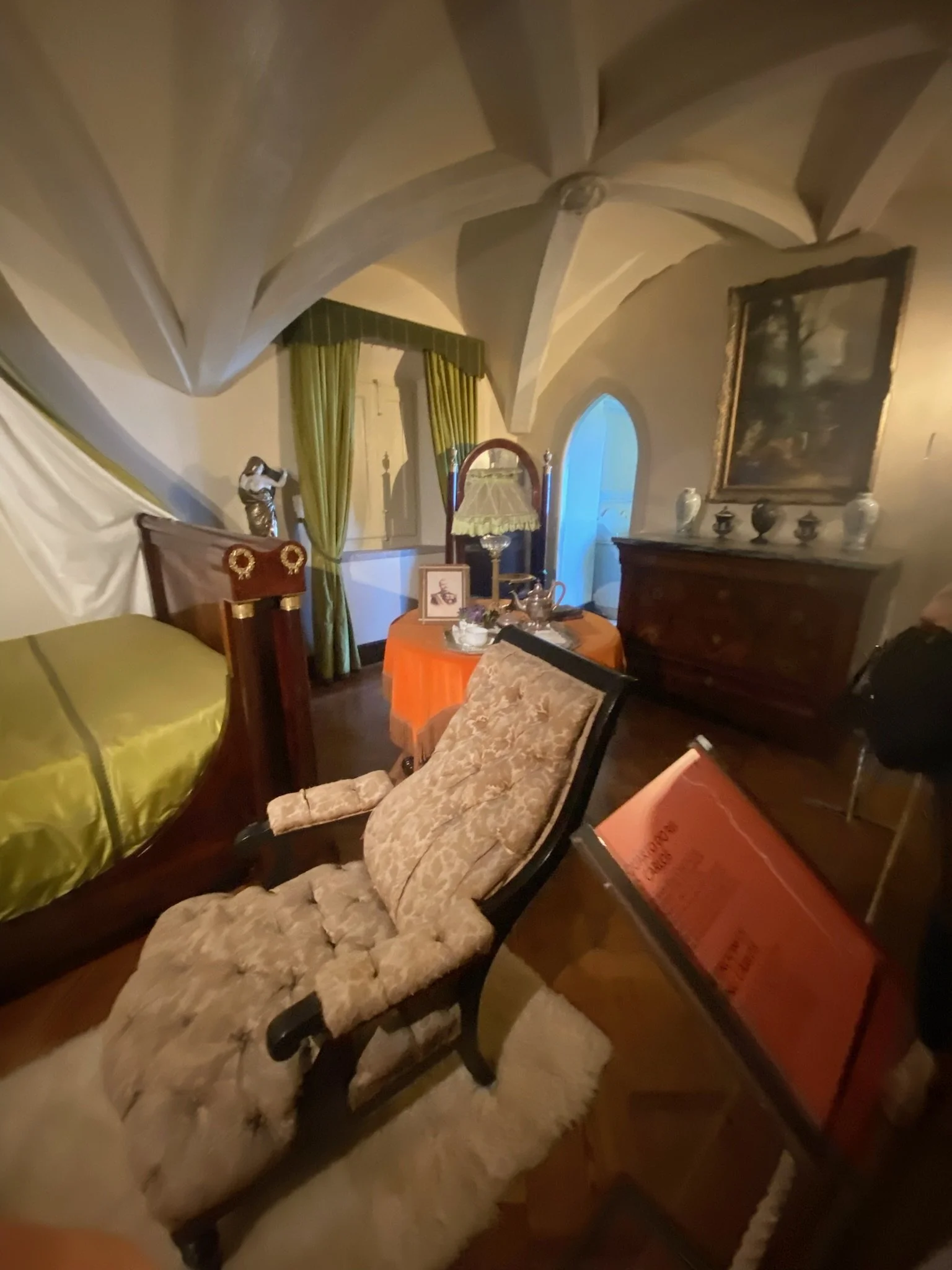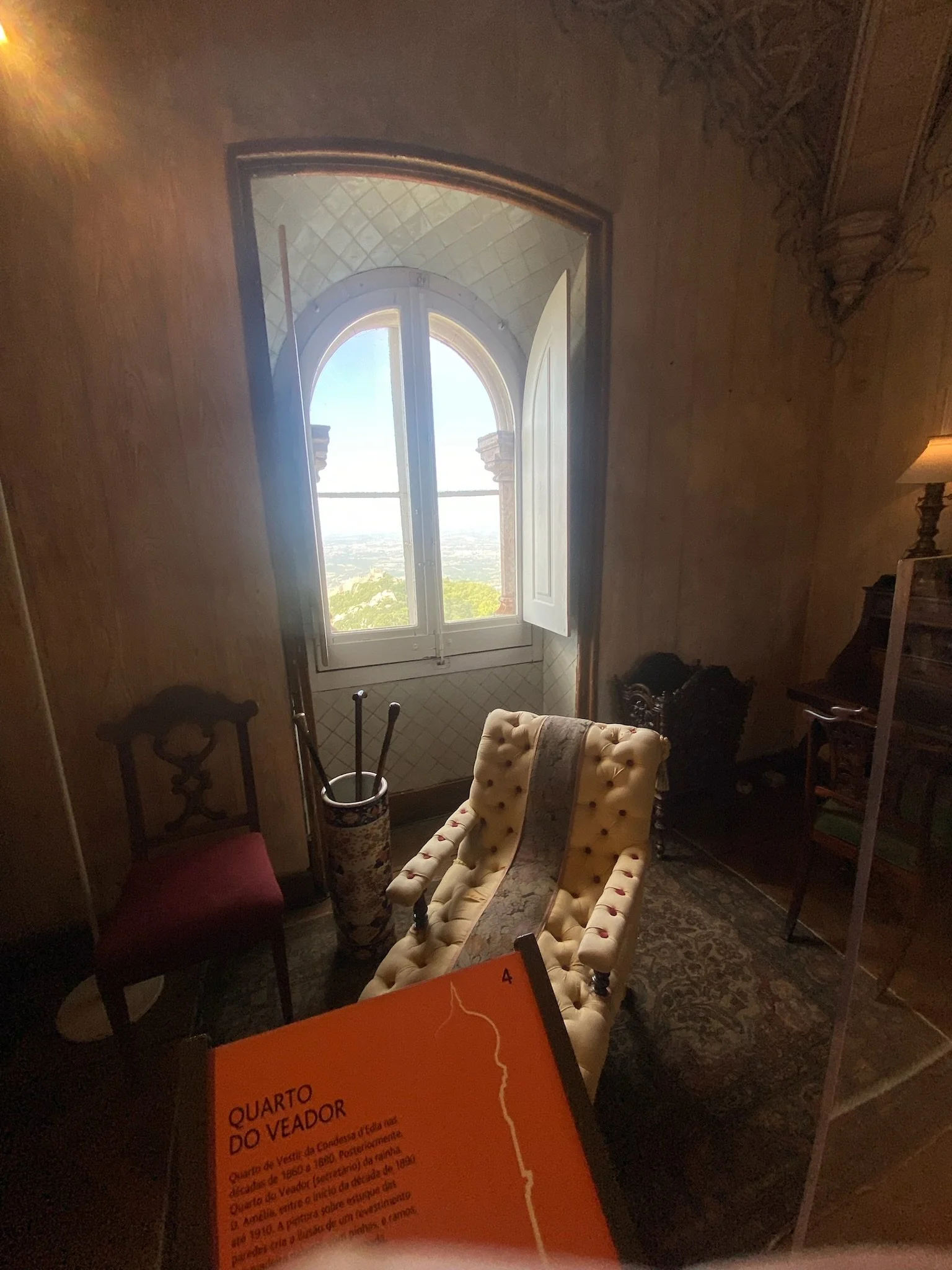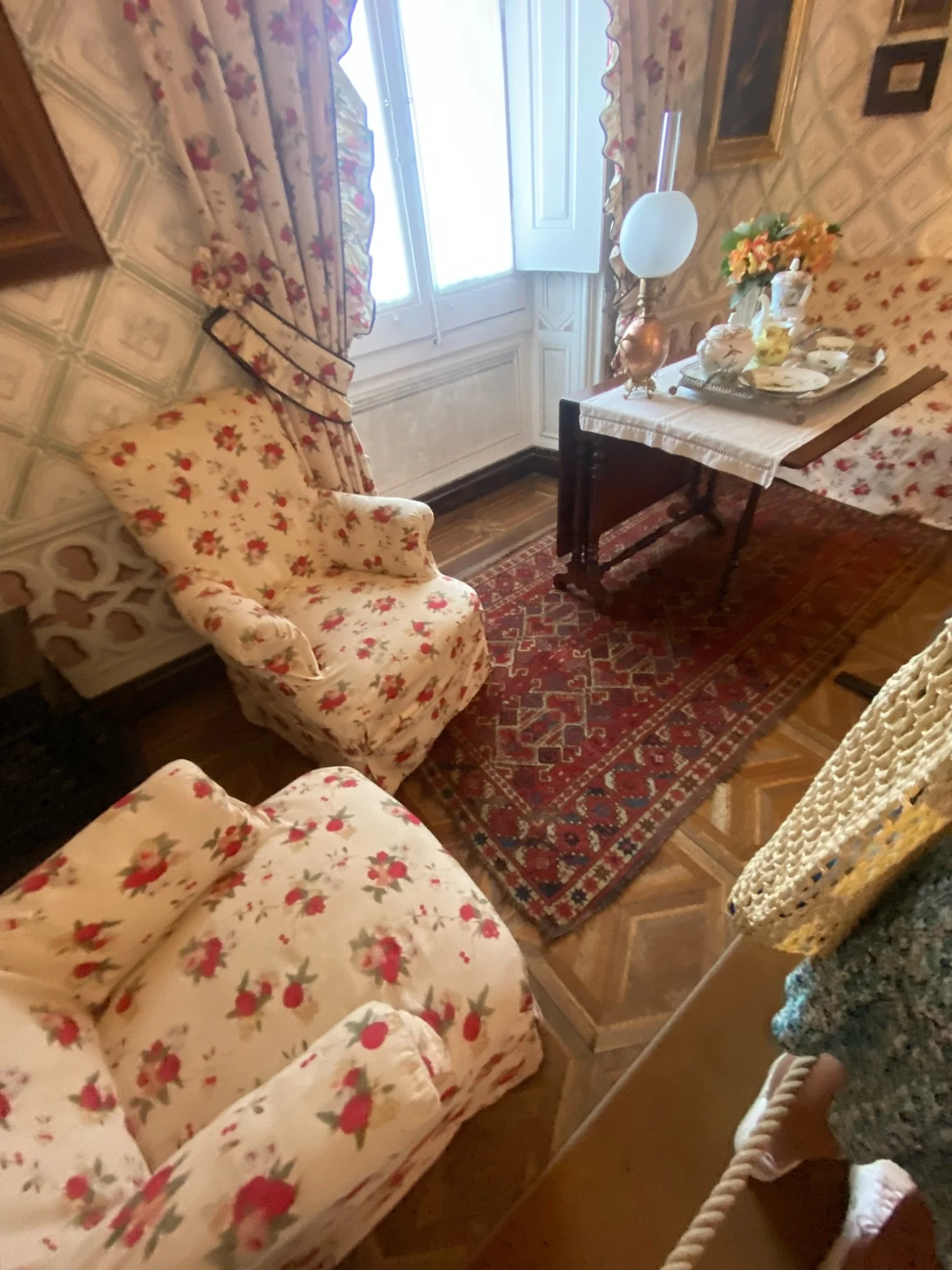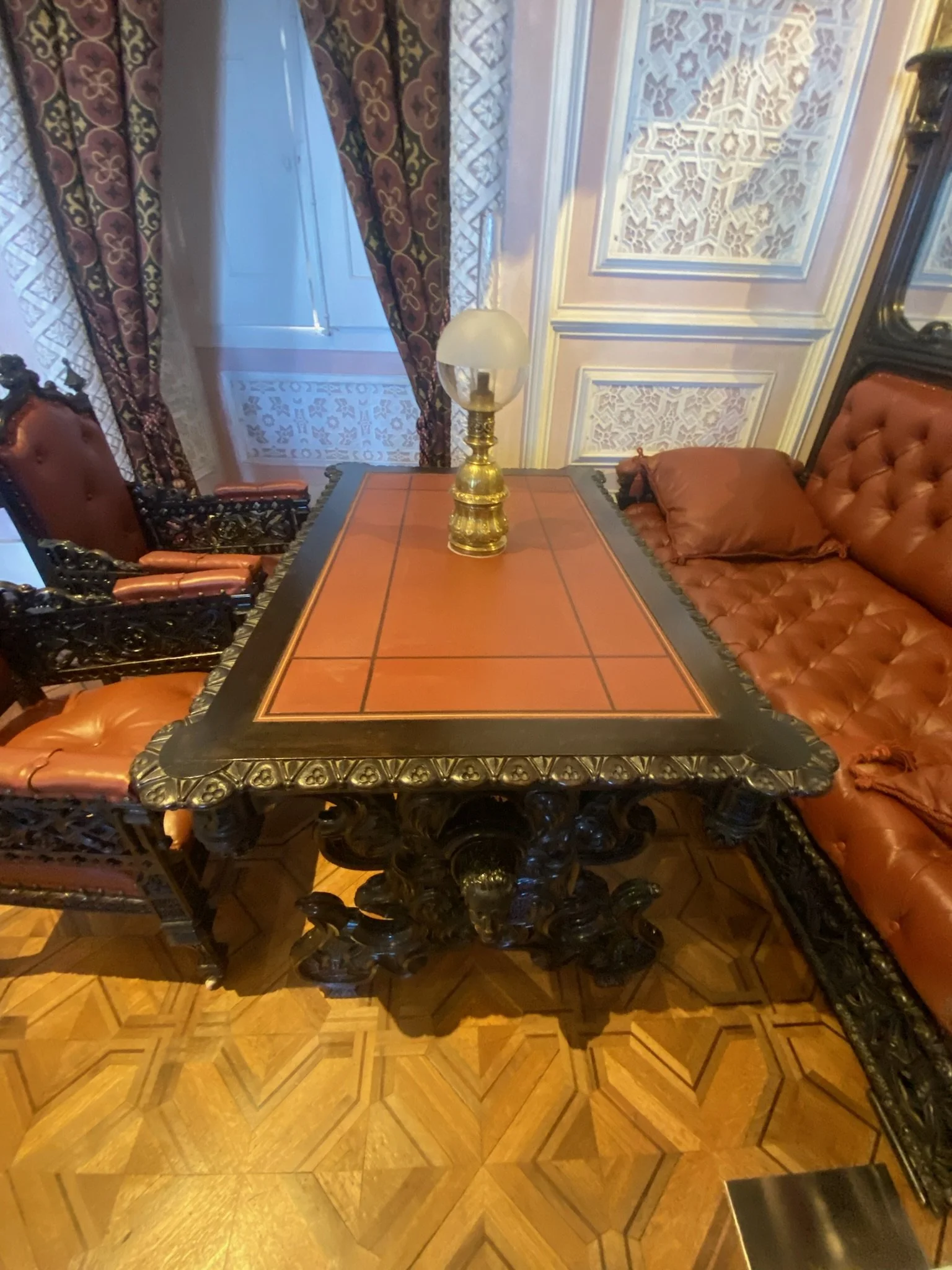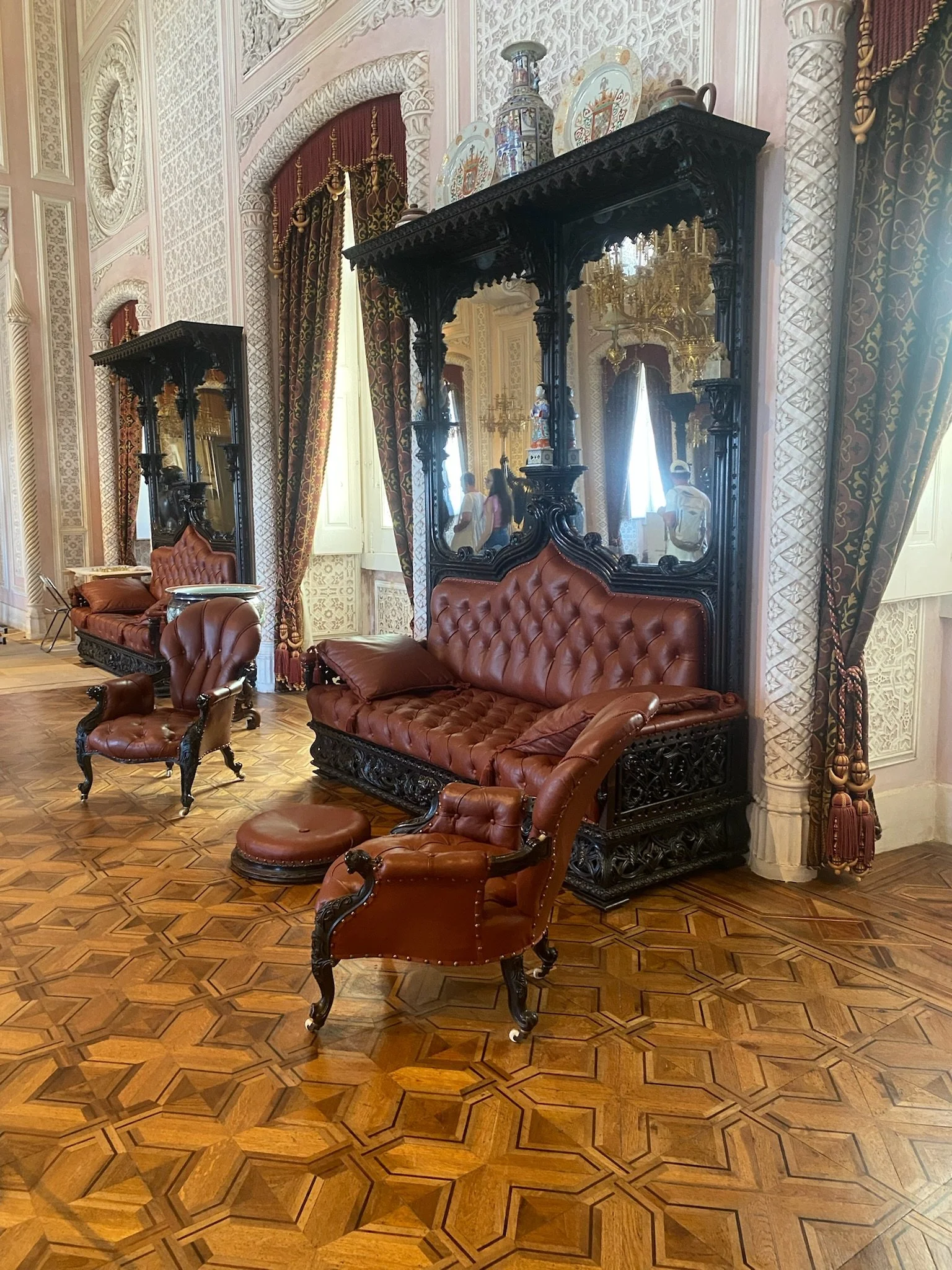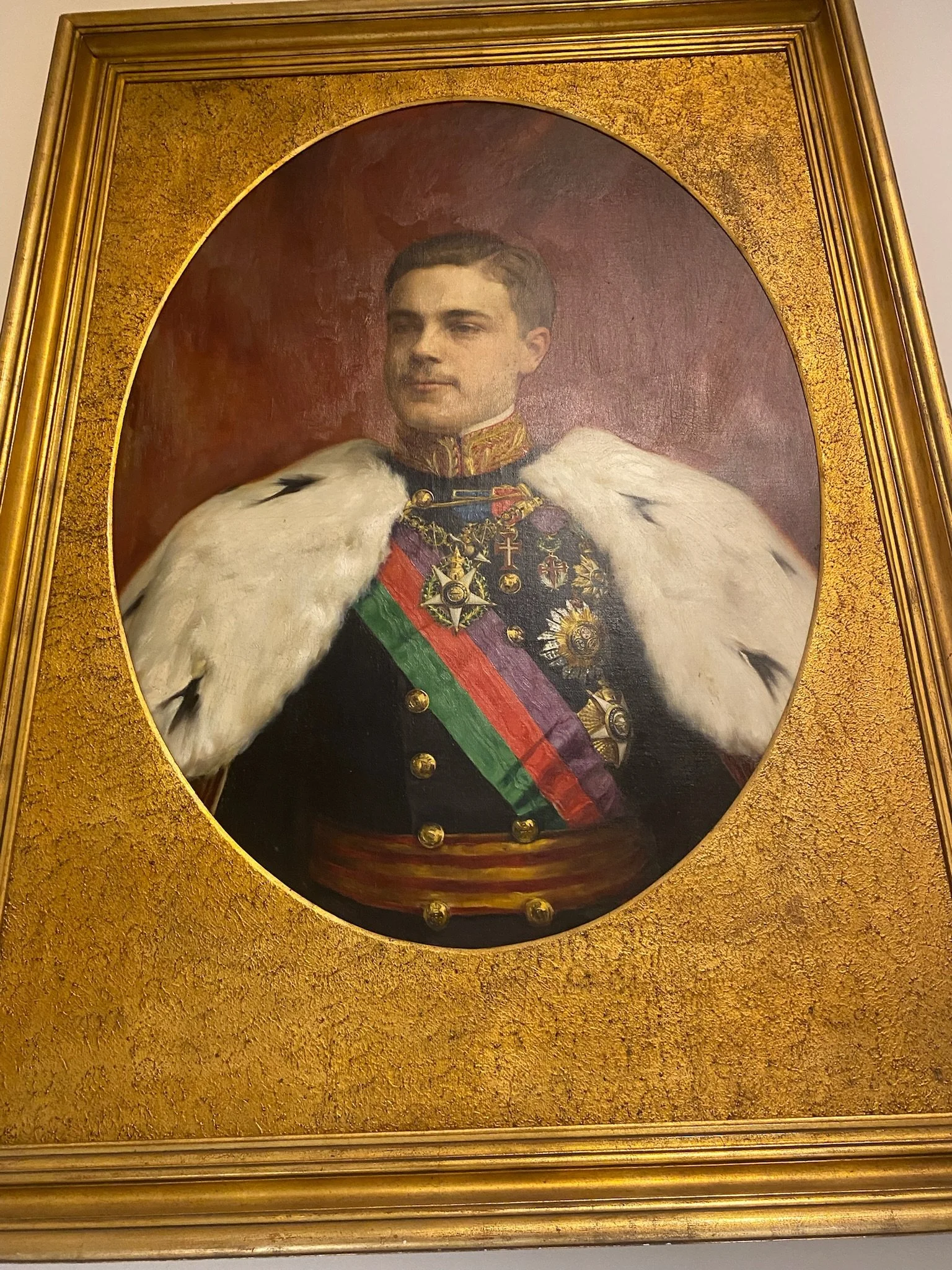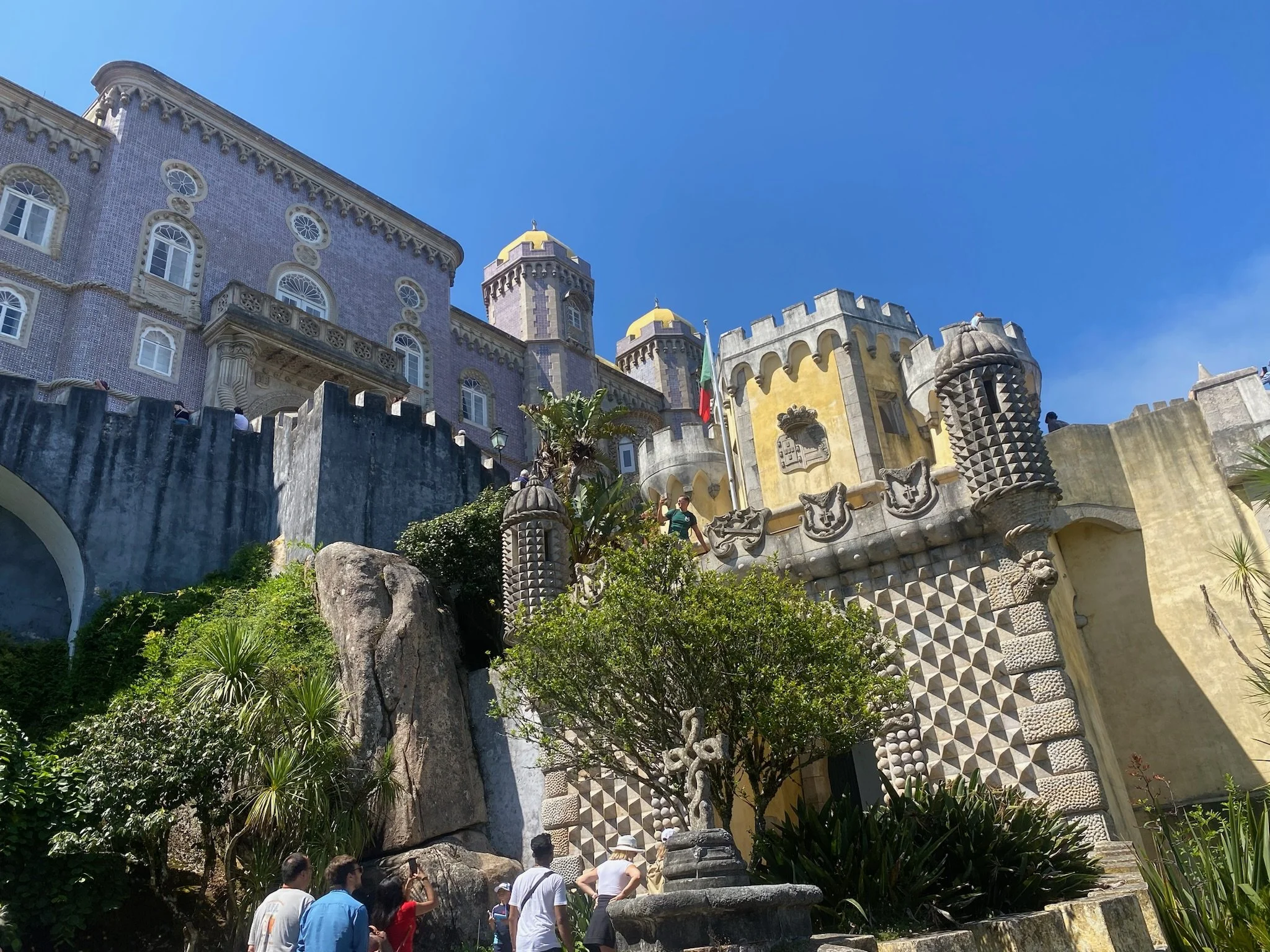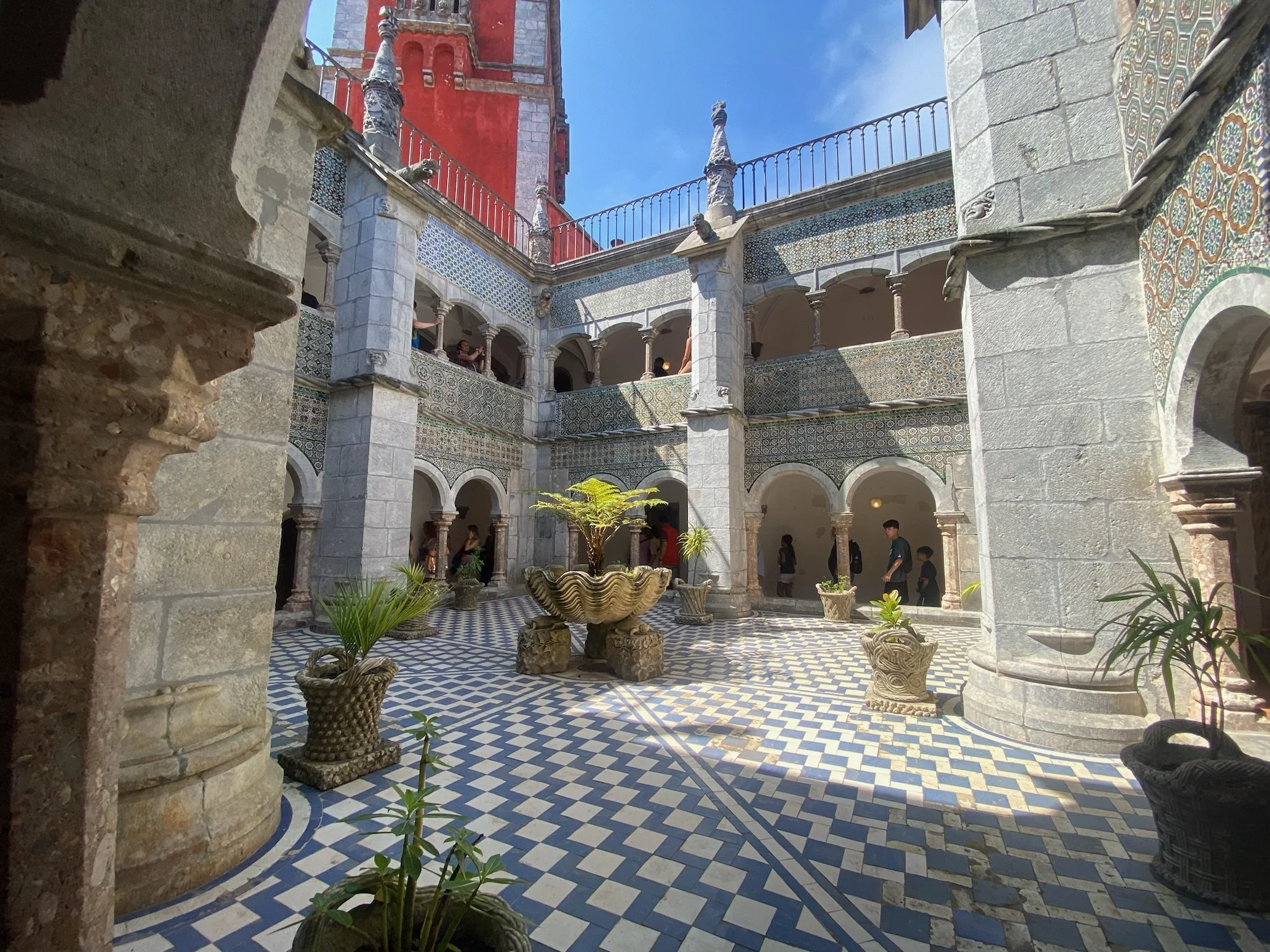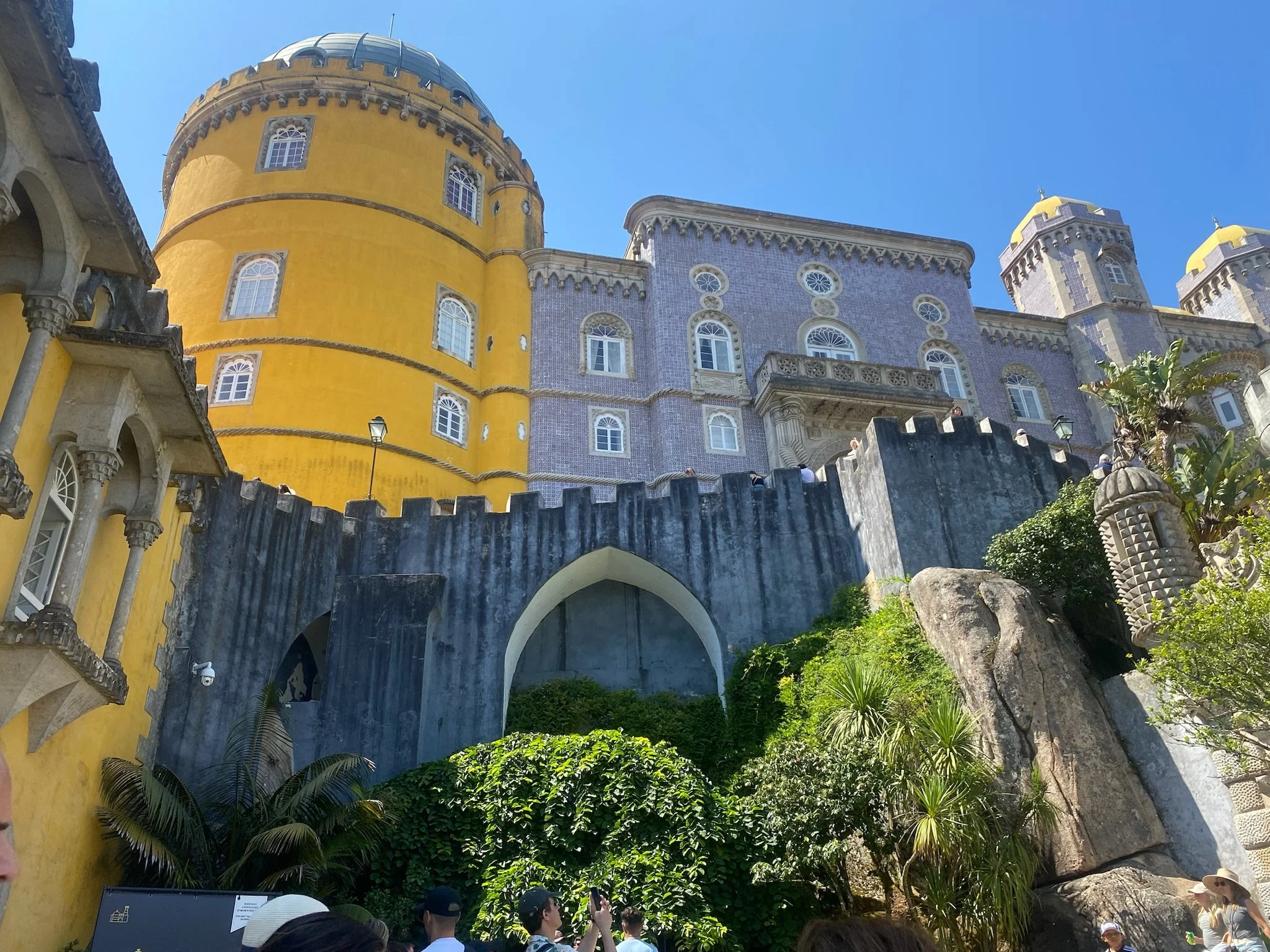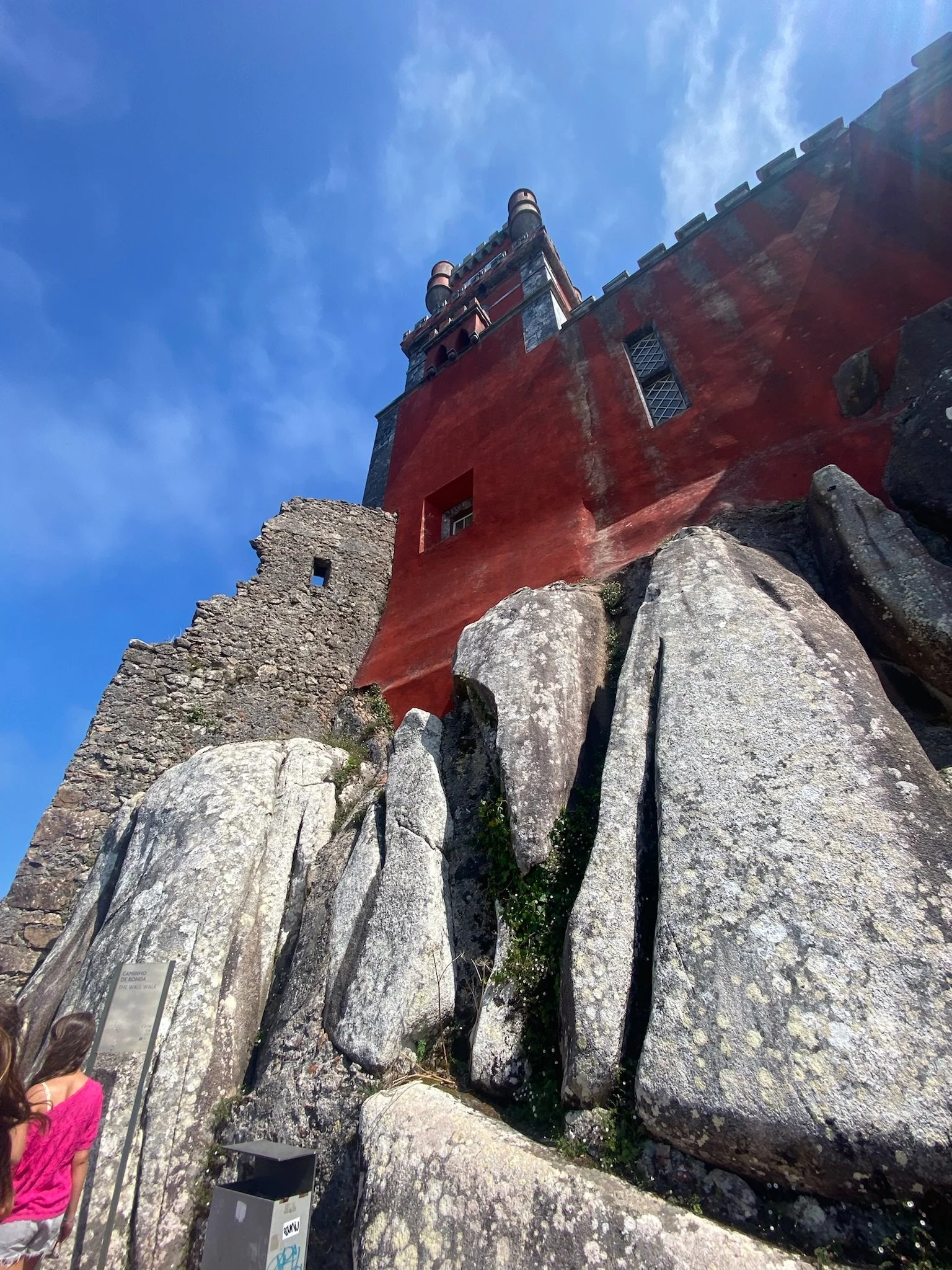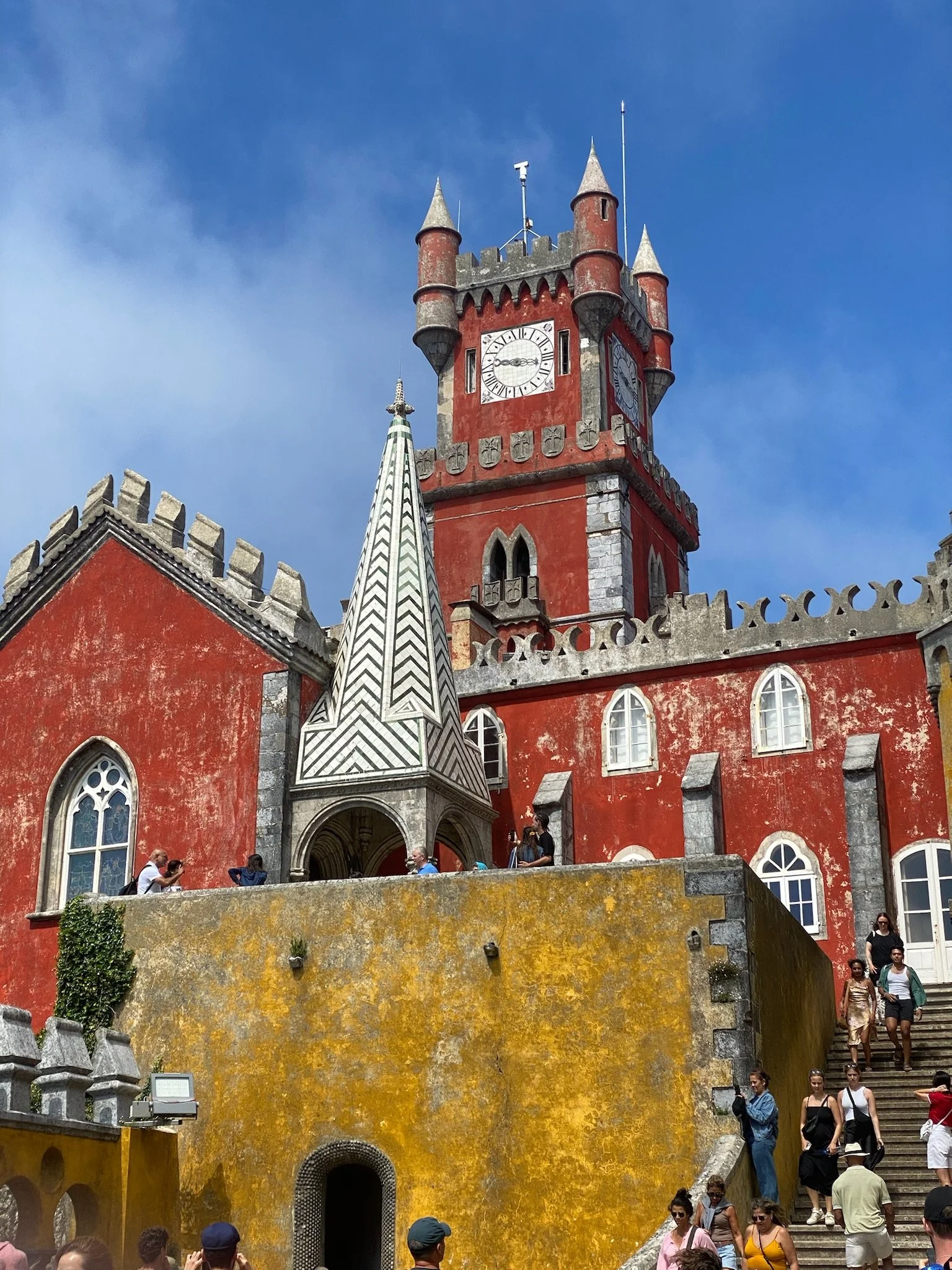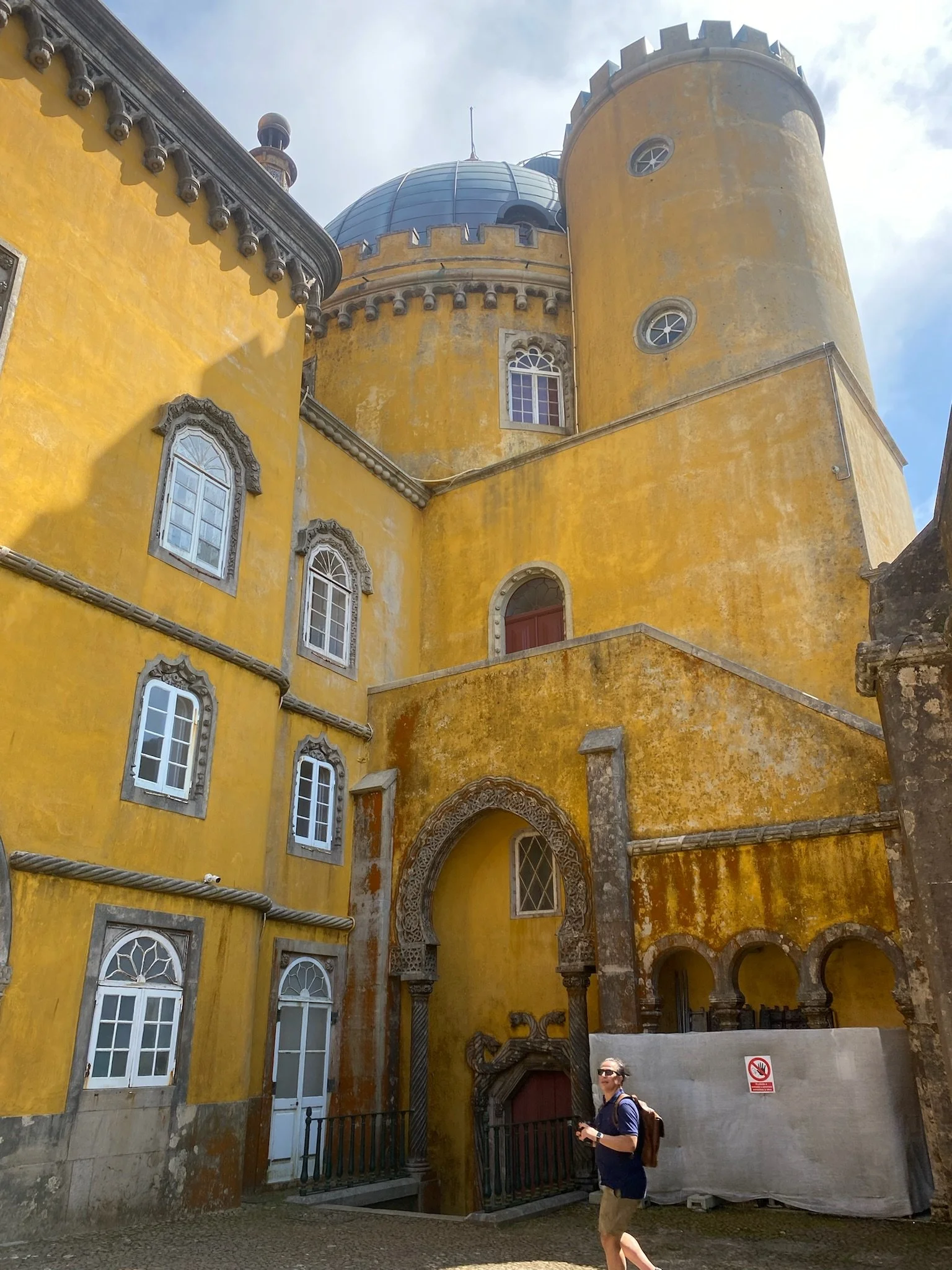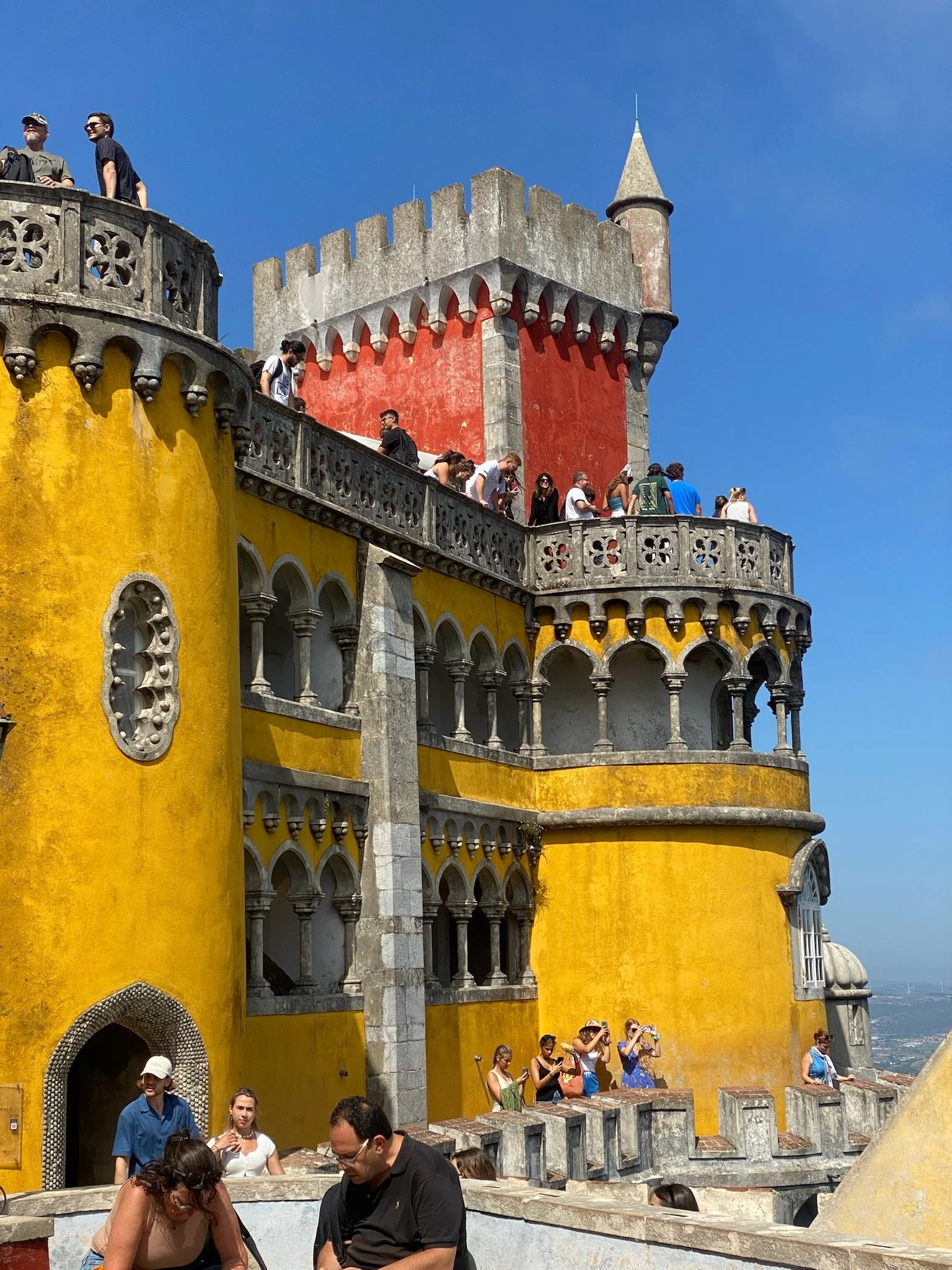
PENA PALACE, SINTRA, PORTUGAL.
The Pena Palace (Palácio da Pena ) is a Romanticist castle in São Pedro de Penaferrim, in the municipality of Sintra, on the Portuguese Riviera. The castle stands on the top of a hill in the Sintra Mountains above the town of Sintra, and a clear day, it can be easily seen from Lisbon and much of its metropolitan area. It is a national monument and constitutes one of the world's primary expressions of 19th-century Romanticism. The palace is a UNESCO World Heritage Site and one of the Seven Wonders of Portugal. It is also used for state occasions by the President of the Portuguese Republic and other government officials.
In 1838, King Consort Ferdinand II decided to acquire the old monastery, all of the surrounding lands, the nearby Castle of the Moors and a few other estates in the area. King Ferdinand then set out to transform the remains of the monastery into a palace that would serve as a summer residence for the Portuguese royal family. The commission for the Romantic-style rebuilding was given to Lieutenant-General and mining engineer Wilhelm Ludwig von Eschwege. Eschwege, a German amateur architect, had travelled a lot and likely had knowledge of several castles along the Rhine River. The construction took place between 1842 and 1854, although it was almost completed in 1847: King Ferdinand and Queen Maria II intervened decisively on matters of decoration and symbolism. Among others, the King suggested vault arches and medieval and Islamic elements be included, and he also designed an ornate window for the main façade (inspired by the chapter house window of the Convent of the Order of Christ in Tomar).
After Ferdinand's death, the palace was put into the possession of his second wife, Elisa Hensler, Countess of Edla. The latter then sold the palace to King Luís, who wanted to retrieve it for the royal family, and thereafter, the family frequently used it. In 1889, it was purchased by the Portuguese State, and after the Republican Revolution of 1910, it was classified as a national monument and transformed into a museum. The last queen of Portugal, Queen Amélia, spent her last night at the palace before leaving the country in exile.
The palace quickly drew visitors and became one of Portugal's most visited monuments. Over time, the colours of the red and yellow façades faded, and for many years, the palace was visually identified as entirely gray. By the end of the 20th century, the palace had been repainted, the colours of the original had been changed, and it had been restored.
In 1995, UNESCO classified the palace and the rest of theape of Sintra as a World Heritage Site Cultural Landsc.
These photos were taken during my vacation in August 2024. I used my Canon T3 EOS with an 18-55mm Lens and a 55-250mm long-range zoom equipped with an image stabilizer.










